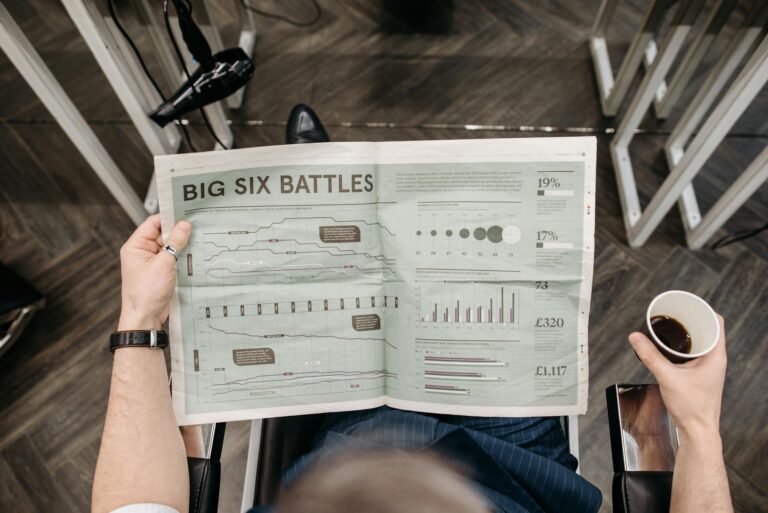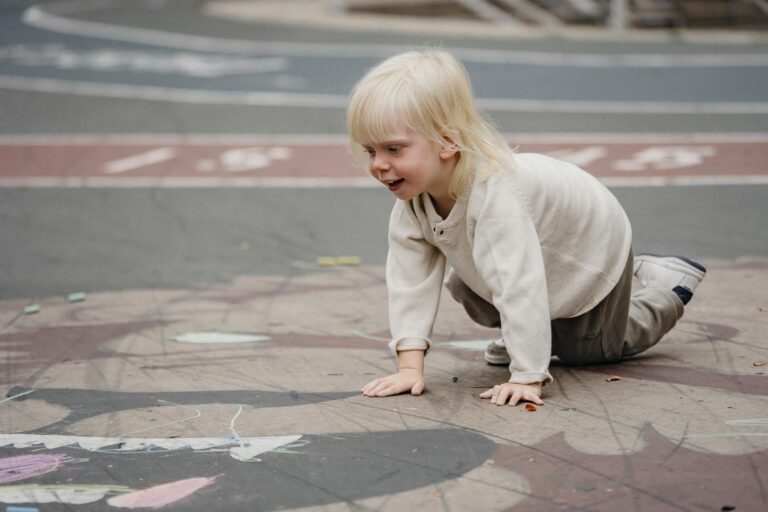Kolhapuri Chappals vs Prada: The Copycat Drama That Got Everyone Talking
You know those classic Kolhapuri chappals your granddad used to wear? Yeah, those. Handmade in Kolhapur for centuries, they’re more than just footwear—they’re a slice of Indian heritage. But then Prada waltzed in with a suspiciously similar design, and let’s just say things got messy. Was it inspiration or straight-up theft? Honestly, it’s a bit of both. And it’s not just about shoes—it’s about who gets to profit from tradition.
1. Kolhapuri Chappals 101: What Makes Them Special?
1.1 The Backstory
These bad boys date back to the 12th century. Picture this: local artisans in Maharashtra, working with vegetable-tanned leather and natural dyes, creating something that’d last generations. Kings wore them. Farmers wore them. That’s the thing about Kolhapuri chappals—they don’t care about your social status.
1.2 Why They’re Worth the Hype
Machine-made sandals? Nah. Each pair is hand-stitched, with tiny imperfections that make them unique. The perforations aren’t just for looks—they let your feet breathe in our brutal summers. And get this: no two pairs are exactly alike. Try getting that from a factory in China.
2. Prada Steps In (And Steps On Toes)
2.1 The “Inspired” Design
So in 2023, Prada drops these sandals—woven leather straps, toe loops, the whole deal. Sound familiar? Here’s the kicker: while OG Kolhapuris cost around ₹1,500–₹3,000, Prada slapped a $950 price tag on theirs. That’s like charging for tap water at a five-star hotel when there’s a perfectly good hand pump outside.
2.2 India (Rightfully) Loses It
Social media exploded. #BoycottPrada started trending faster than you can say “cultural appropriation.” Artisans like Raju Tanpure—third-gen chappal maker—were furious: “We can barely make ends meet, and these big brands waltz in wearing our heritage like it’s some trendy accessory?” Ouch.
3. The Fallout: What Happened Next?
3.1 Politicians & Celebs Weigh In
Maharashtra’s tourism minister threatened legal action (though let’s be real—when has that ever worked?). Bollywood’s Dia Mirza started rocking authentic Kolhapuris on Instagram. Designer Anita Dongre put it best: “If you love our designs, work with us, don’t just copy us.” Mic drop.
3.2 The Legal Gray Area
Here’s the problem: India’s GI laws for footwear are weaker than roadside chai. So unless it’s Darjeeling tea or Kanchipuram silk, traditional designs are basically free real estate for big brands. Not cool.
3.3 The Silver Lining
Funny thing—Prada’s copycat move actually boosted sales for the real deal. Platforms like Etsy saw a 200% spike in orders. Turns out people do care about authenticity when they spot the difference.
4. This Isn’t New: Fashion’s Dirty Little Secret
4.1 Other Offenders
Remember Zara’s “Navajo” skirts? Or Louis Vuitton’s Maasai prints? Big brands love “borrowing” from cultures—they just forget to return them with interest. It’s like that friend who “borrows” your notes and then acts like they aced the exam themselves.
4.2 How Not to Be Part of the Problem
Skip the middleman—buy directly from cooperatives like Chappalwale Kolhapur. Ask brands tough questions. Support folks like Stella McCartney who actually collaborate with artisans instead of just taking their designs.
5. The Bottom Line
Here’s the truth: when big brands “get inspired” by traditional crafts, it’s rarely the original makers who benefit. Sure, imitation is flattering—but credit and fair pay? That’s non-negotiable. Next time you’re tempted by a “tribal-chic” sandal, ask yourself: Who’s really cashing in here?
FAQs (Because You Asked)
Q: Did Prada ever apologize?
A: Nope. They just quietly yanked the sandals from some stores. Classic “pretend it never happened” move.
Q: Where can I get real Kolhapuris?
A: Hit up Craftsvilla online, or better yet—take a trip to Kolhapur’s Binkhambi Ganesh market. The chai and chappals are both top-notch.
Source: Navbharat Times – Default












